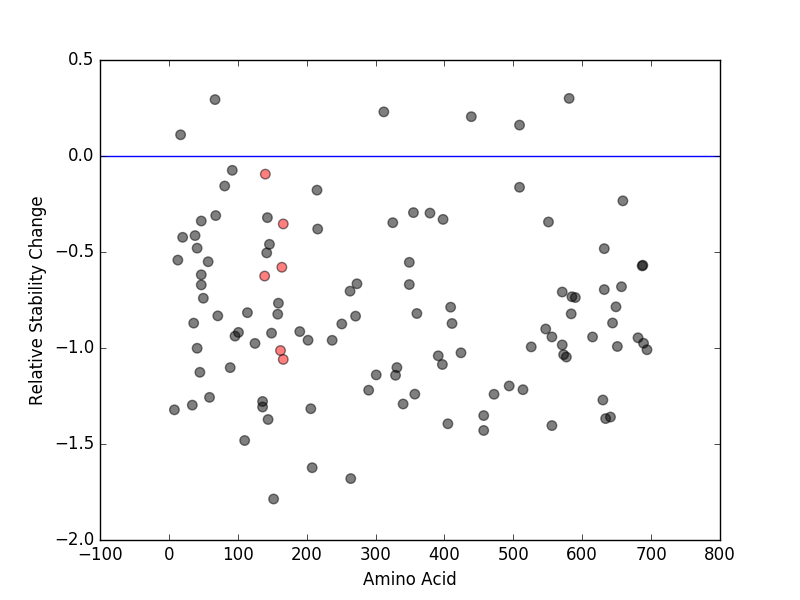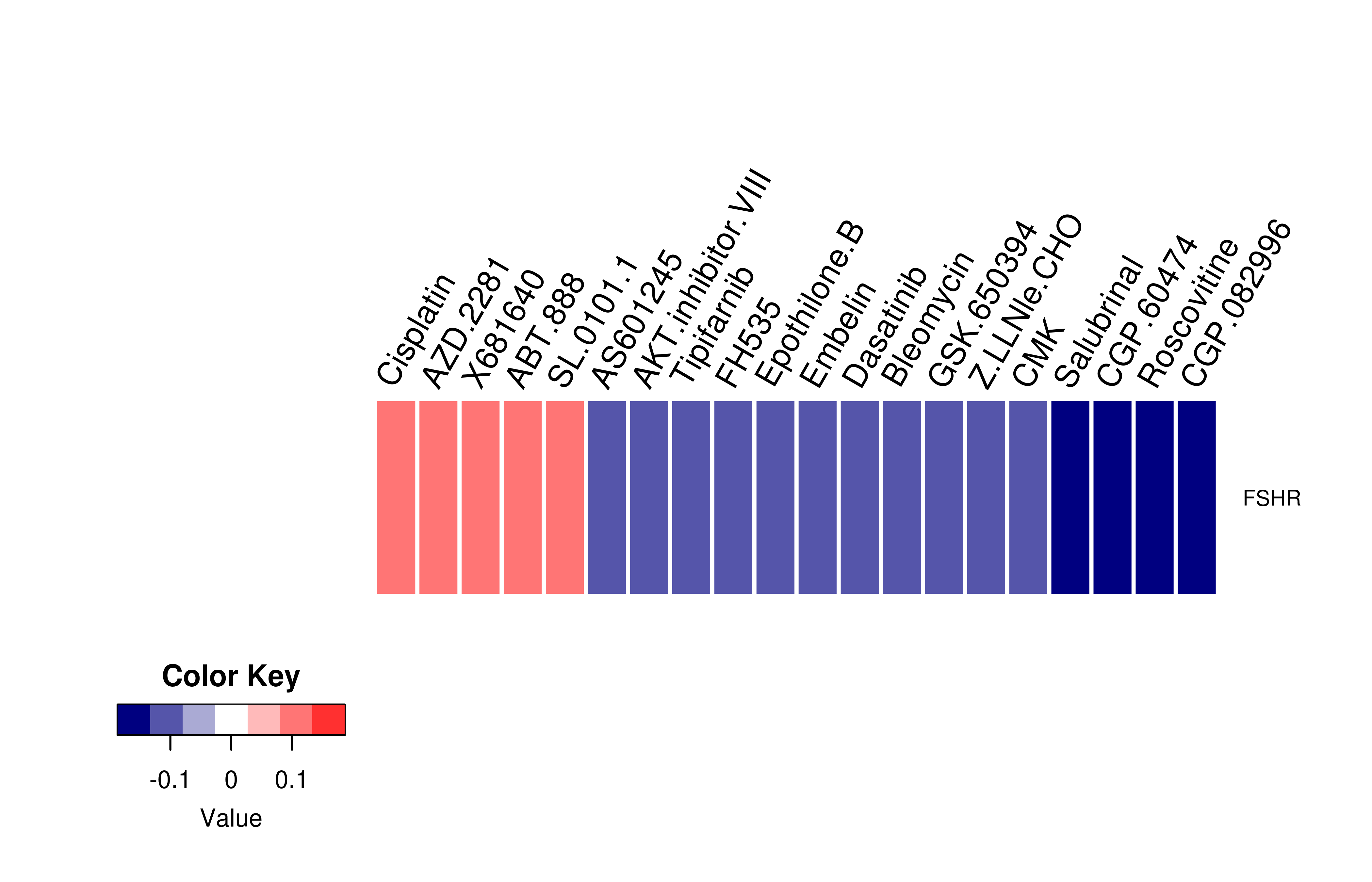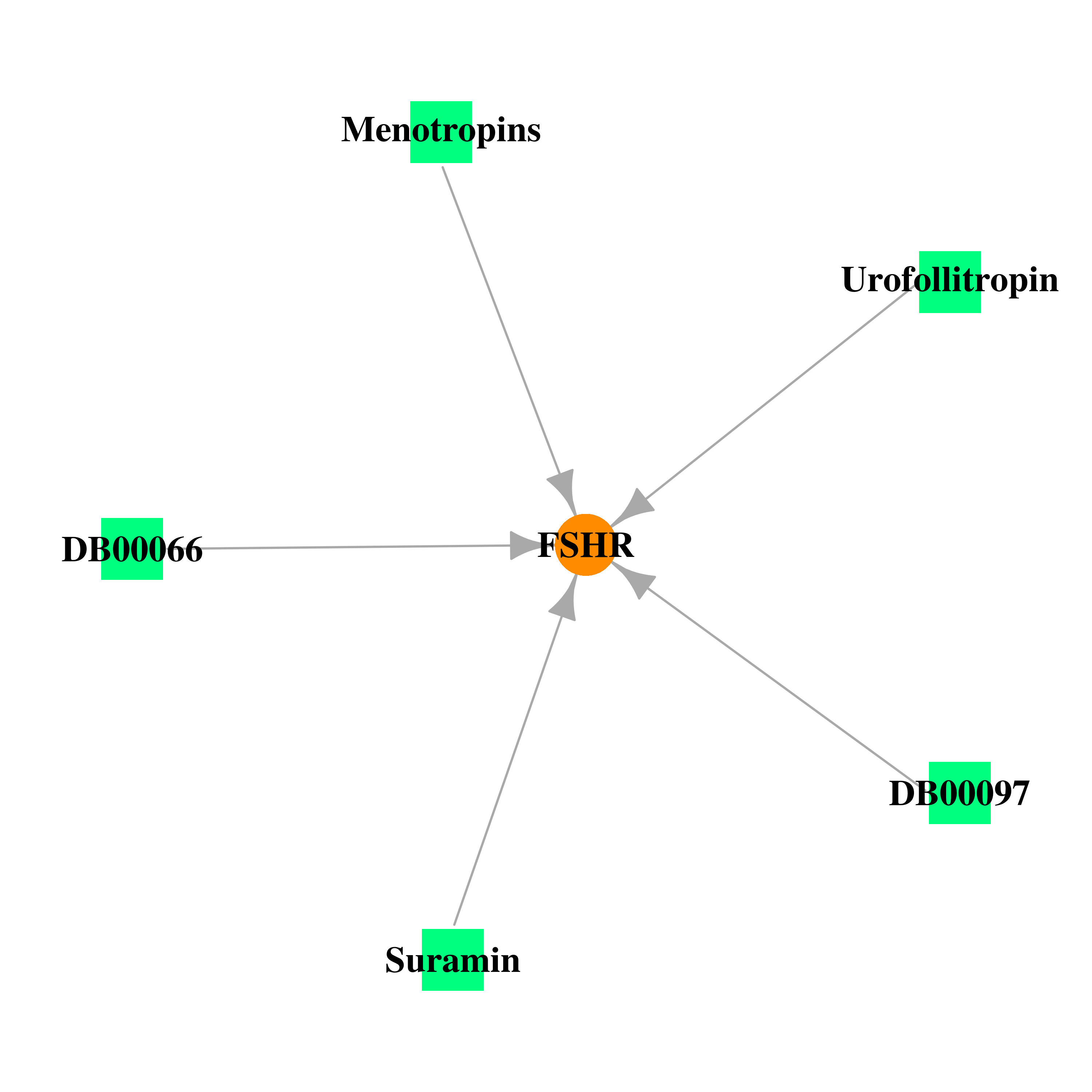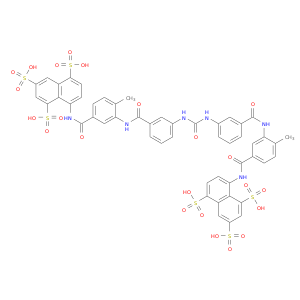|
mutLBSgeneDB |
| |
| |
| |
| |
| |
| |
|
| Gene summary for FSHR |
 Gene summary Gene summary |
| Basic gene Info. | Gene symbol | FSHR |
| Gene name | follicle stimulating hormone receptor | |
| Synonyms | FSHRO|LGR1|ODG1 | |
| Cytomap | UCSC genome browser: 2p21-p16 | |
| Type of gene | protein-coding | |
| RefGenes | NM_000145.3, NM_181446.2, | |
| Description | FSH receptorfollicle-stimulating hormone receptorfollitropin receptor | |
| Modification date | 20141222 | |
| dbXrefs | MIM : 136435 | |
| HGNC : HGNC | ||
| Ensembl : ENSG00000170820 | ||
| HPRD : 00639 | ||
| Vega : OTTHUMG00000129259 | ||
| Protein | UniProt: P23945 go to UniProt's Cross Reference DB Table | |
| Expression | CleanEX: HS_FSHR | |
| BioGPS: 2492 | ||
| Pathway | NCI Pathway Interaction Database: FSHR | |
| KEGG: FSHR | ||
| REACTOME: FSHR | ||
| Pathway Commons: FSHR | ||
| Context | iHOP: FSHR | |
| ligand binding site mutation search in PubMed: FSHR | ||
| UCL Cancer Institute: FSHR | ||
| Assigned class in mutLBSgeneDB | A: This gene has a literature evidence and it belongs to targetable_mutLBSgenes. | |
| References showing study about ligand binding site mutation for FSHR. | 1. "De Leener A, Caltabiano G, Erkan S, Idil M, Vassart G, Pardo L, Costagliola S. Identification of the first germline mutation in the extracellular domain of the follitropin receptor responsible for spontaneous ovarian hyperstimulation syndrome. Hum Mutat. 2008 Jan;29(1):91-8. PubMed PMID: 17721928. " 17721928 2. "Peltoketo H, Strauss L, Karjalainen R, Zhang M, Stamp GW, Segaloff DL, Poutanen M, Huhtaniemi IT. Female mice expressing constitutively active mutants of FSH receptor present with a phenotype of premature follicle depletion and estrogen excess. Endocrinology. 2010 Apr;151(4):1872-83. doi: 10.1210/en.2009-0966. Epub 2010 Feb 19. PubMed PMID: 20172968; PubMed CentralPMCID: PMC2851188. " 20172968 3. "Tapanainen JS, Aittomäki K, Min J, Vaskivuo T, Huhtaniemi IT. Men homozygous for an inactivating mutation of the follicle-stimulating hormone (FSH) receptor gene present variable suppression of spermatogenesis and fertility. Nat Genet. 1997 Feb;15(2):205-6. PubMed PMID: 9020851. " 9020851 | |
 Gene ontology having evidence of Inferred from Direct Assay (IDA) from Entrez Gene ontology having evidence of Inferred from Direct Assay (IDA) from Entrez |
| GO ID | GO Term | PubMed ID |
| Top |
| Ligand binding site mutations for FSHR |
 Lollipop-style diagram of mutations at LBS in amino-acid sequence. Lollipop-style diagram of mutations at LBS in amino-acid sequence. We represented ligand binding site mutations only. (You can see big image via clicking.) |
 |
 Cancer type specific mutLBS sorted by frequency Cancer type specific mutLBS sorted by frequency |
| LBS | AAchange of nsSNV | Cancer type | # samples | N163 | S164Y | UCEC | 2 | V166 | V166L | LUAD | 1 | V166 | V166A | LUAD | 1 | H139 | K140M | LUSC | 1 | H139 | H139R | STAD | 1 | R162 | R162I | UCEC | 1 |
| cf) Cancer type abbreviation. BLCA: Bladder urothelial carcinoma, BRCA: Breast invasive carcinoma, CESC: Cervical squamous cell carcinoma and endocervical adenocarcinoma, COAD: Colon adenocarcinoma, GBM: Glioblastoma multiforme, LGG: Brain lower grade glioma, HNSC: Head and neck squamous cell carcinoma, KICH: Kidney chromophobe, KIRC: Kidney renal clear cell carcinoma, KIRP: Kidney renal papillary cell carcinoma, LAML: Acute myeloid leukemia, LUAD: Lung adenocarcinoma, LUSC: Lung squamous cell carcinoma, OV: Ovarian serous cystadenocarcinoma, PAAD: Pancreatic adenocarcinoma, PRAD: Prostate adenocarcinoma, SKCM: Skin cutaneous melanoma, STAD: Stomach adenocarcinoma, THCA: Thyroid carcinoma, UCEC: Uterine corpus endometrial carcinoma. |
| Top |
| Protein structure related information for FSHR |
 Relative protein structure stability change (ΔΔE) using Mupro 1.1 Relative protein structure stability change (ΔΔE) using Mupro 1.1 Mupro score denotes assessment of the effect of mutations on thermodynamic stability. (ΔΔE<0: mutation decreases stability, ΔΔE>0: mutation increases stability) |
 : nsSNV at non-LBS : nsSNV at non-LBS : nsSNV at LBS : nsSNV at LBS |
 |
 nsSNVs sorted by the relative stability change of protein structure by each mutation nsSNVs sorted by the relative stability change of protein structure by each mutation Blue: mutations of positive stability change. and red : the most recurrent mutation for this gene. |
| LBS | AAchange of nsSNV | Relative stability change | V166 | V166A | -1.0594702 | R162 | R162I | -1.0131905 | H139 | H139R | -0.6253296 | N163 | S164Y | -0.57941581 | V166 | V166L | -0.35376369 | H139 | K140M | -0.094516511 |
| (MuPro1.1: Jianlin Cheng et al., Prediction of Protein Stability Changes for Single-Site Mutations Using Support Vector Machines, PROTEINS: Structure, Function, and Bioinformatics. 2006, 62:1125-1132) |
 Structure image for FSHR from PDB Structure image for FSHR from PDB |
| PDB ID | PDB title | PDB structure | 1XWD | Crystal Structure of Human Follicle Stimulating Hormone Complexed with its Receptor |  |
| Top |
| Differential gene expression and gene-gene network for FSHR |
 Differential gene expression between mutated and non-mutated LBS samples in all 16 major cancer types Differential gene expression between mutated and non-mutated LBS samples in all 16 major cancer types |
 Differential co-expressed gene network based on protein-protein interaction data (CePIN) Differential co-expressed gene network based on protein-protein interaction data (CePIN) |
| Top |
| Top |
| Phenotype information for FSHR |
 Gene level disease information (DisGeNet) Gene level disease information (DisGeNet) |
| Disease ID | Disease name | # PubMed | Association type |
| umls:C0085083 | Ovarian Hyperstimulation Syndrome | 20 | Biomarker, GeneticVariation |
| umls:C0032460 | Polycystic Ovary Syndrome | 20 | AlteredExpression, Biomarker, GeneticVariation |
| umls:C0949595 | Gonadal Dysgenesis, 46,XX | 3 | Biomarker, GeneticVariation |
 Mutation level pathogenic information (ClinVar annotation) Mutation level pathogenic information (ClinVar annotation) |
| Allele ID | AA change | Clinical significance | Origin | Phenotype IDs |
| Top |
| Pharmacological information for FSHR |
 Gene expression profile of anticancer drug treated cell-lines (CCLE) Gene expression profile of anticancer drug treated cell-lines (CCLE)Heatmap showing the correlation between gene expression and drug response across all the cell-lines. We chose the top 20 among 138 drugs.We used Pearson's correlation coefficient. |
 |
 Gene-centered drug-gene interaction network Gene-centered drug-gene interaction network |
 |
 Drug information targeting mutLBSgene (Approved drugs only) Drug information targeting mutLBSgene (Approved drugs only) |
| Drug status | DrugBank ID | Name | Type | Drug structure |
| Approved | DB00032 | Menotropins | Biotech |  |
| Approved | DB00066 | Follitropin beta | Biotech |  |
| Approved|vet_approved | DB00094 | Urofollitropin | Biotech |  |
| Approved | DB00097 | Chorionic Gonadotropin (Recombinant) | Biotech |  |
| Approved | DB04786 | Suramin | Small molecule |  |
 Gene-centered ligand-gene interaction network Gene-centered ligand-gene interaction network |
 |
 Ligands binding to mutated ligand binding site of FSHR go to BioLip Ligands binding to mutated ligand binding site of FSHR go to BioLip |
| Ligand ID | Ligand short name | Ligand long name | PDB ID | PDB name | mutLBS | JEF | JEFFAMINE | 4mqw | Z | H139 R162 N163 V166 |
| Top |
| Conservation information for LBS of FSHR |
 Multiple alignments for P23945 in multiple species Multiple alignments for P23945 in multiple species |
| LBS | AA sequence | # species | Species | H139 | HLPAVHKIQSL | 2 | Rattus norvegicus, Bos taurus | H139 | HLPDVHKIHSL | 1 | Homo sapiens | H139 | FLPVVHKVHSF | 1 | Gallus gallus | H139 | HLPAFHKIQSL | 1 | Mus musculus | N163 | HTIERNSFVGL | 1 | Homo sapiens | N163 | RTIERNTFMGL | 1 | Gallus gallus | N163 | HIIARNSFMGL | 1 | Mus musculus | N163 | HIVARNSFMGL | 1 | Rattus norvegicus | N163 | HTVERNSFMGL | 1 | Bos taurus | R162 | IHTIERNSFVG | 1 | Homo sapiens | R162 | IRTIERNTFMG | 1 | Gallus gallus | R162 | IHIIARNSFMG | 1 | Mus musculus | R162 | IHIVARNSFMG | 1 | Rattus norvegicus | R162 | IHTVERNSFMG | 1 | Bos taurus | V166 | ARNSFMGLSFE | 2 | Mus musculus, Rattus norvegicus | V166 | ERNSFVGLSFE | 1 | Homo sapiens | V166 | ERNTFMGLSSE | 1 | Gallus gallus | V166 | ERNSFMGLSFE | 1 | Bos taurus |
 |
Copyright © 2016-Present - The University of Texas Health Science Center at Houston |
